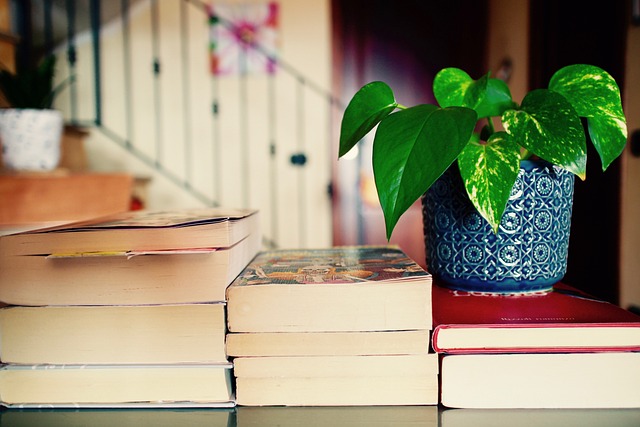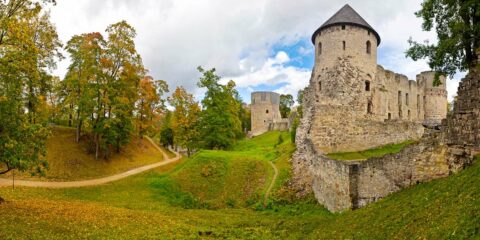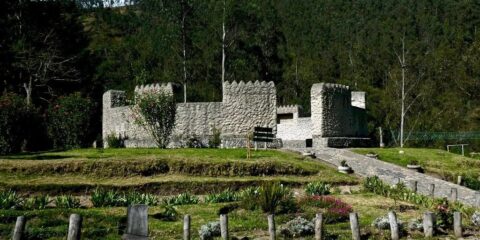When describing plants, we should conceive and write as if painting a color painting:
Understand the components of plants, write the main characteristics of roots, stems, leaves, flowers, and fruits, and write their shapes, colors, and other characteristics. If you want to describe vividly, you must observe carefully. Describe the color of some parts of the plant. If it is red, it should be subdivided into red or pink; If it is yellow, you should distinguish whether it is orange or golden; The same is green. It is necessary to distinguish whether it is green or light green… It is necessary to carefully distinguish the shape characteristics of each part. The same is the flower. The flower bud is different from the blooming flower. Only when you observe carefully can you describe it concretely. The reader is like seeing a color photo of a plant. In writing, we should properly use metaphors to write our true feelings about the scenery.
Describe from different distances and angles:
Any close-up of scenery can describe different features from far and near. Different angles and distances can reflect the shape and color characteristics of plants, leaving a very good impression on readers. In this way, the observation points should be clearly described, so that the readers can see clearly whether they are looking far or near. Secondly, we should pay attention to the order of narration, whether it is from a far distance to a close distance, or from a close distance to a far distance, so as not to confuse the reader with a sense of space.
To describe the characteristics of a certain plant in each season, to the resonance of the article:
The shape and color of each part of the plant are different in different seasons. Writing out the characteristics of plants in different seasons is like taking color photos of plants at different times. It can give readers a more comprehensive understanding. Carefully observe the same plant in different seasons in a planned way and keep a diary. Only when writing can we choose between the accumulated materials and writing a good article.
Description of characteristics of different growth stages of plants:
Plants grow in different seasons and go through the stages of germination, branching, leafing, flowering, and fruiting. Write down the shape, color characteristics, and growth conditions of different stages of plant growth, so that readers can understand the whole process of plant growth in a short time. Pay attention to writing down the most prominent changes in the process of plant growth; At the same time, the reasons for the change of plants and the situation before and after it should be described; Pay attention to writing in chronological order.
Give full play to the author’s association, enrich the plant characteristics, humanized and personalized, and use appropriate metaphors to make the plant more spiritual:
Everything is related, including plants. Cotton can be associated with white snowflakes, which have the same color as cotton; When you see a big watermelon, you can think of a basketball, because the shape of the watermelon and basketball is similar; Seeing the slowly green pine trees covered by ice and snow, we can think of people who are not afraid of the bad environment and struggle hard or heroes who are indomitable and not afraid of sacrifice. Pine trees and heroes have similarities in quality. Pay attention to grasping the main characteristics of plants and develop rich imagination. Read carefully, deeply understand and experience all kinds of hardships and moving qualities of life, and make your mind reserve rich knowledge. Train your thinking ability to make yourself have a rich imagination.
Highlight the key points and describe the most attractive features in detail when describing plants:
Describe the roots, stems, branches, leaves, flowers, and fruits of plants, or just describe a part of plants. In the key description, we should find out the distinctive characteristics of this plant. A specific description of the part that best reflects the characteristics of this plant, including color, shape, smell, and other aspects. In the process of writing, personification, metaphor and other methods can also be properly used.
Control comparison method:
The main characteristics of different things can be reflected in comparison. There are two methods; Comparing two different plants can also compare the two distinct characteristics of the plant itself. Grasp the most prominent characteristics of the plant to be described and compare it with other plants. It can give readers a deep impression and inspiration. It is necessary to express the author’s own thoughts, feelings, and tendencies. It can move more readers. When comparing different parts of the same plant, we should pay attention to finding out the contradictions, so as to attract the attention of readers.
praise is indispensable:
The characteristics of plants are different. Pines are not afraid of severe cold, willows grow everywhere, lotuses grow out of the mud without being stained, osmanthus fragrance floats for ten miles and remains fragrant in the world, weeds have strong vitality, and so on. These characteristics of plants can be related to human morality. Lotus can be associated with fighting against unhealthy tendencies; The tenacious vitality of weeds is associated with the fear of difficulties and setbacks and praises these characteristics of plants. If these characteristics and qualities are connected with people and run through the whole text, the center of the article can be prominent, and it has good educational significance. Only by expressing the feelings of praise and describing their own feelings in plants can they be touching.






